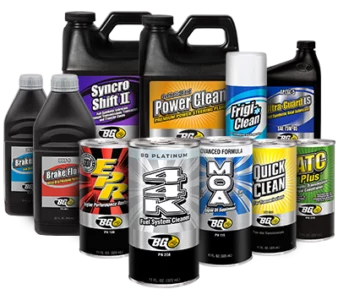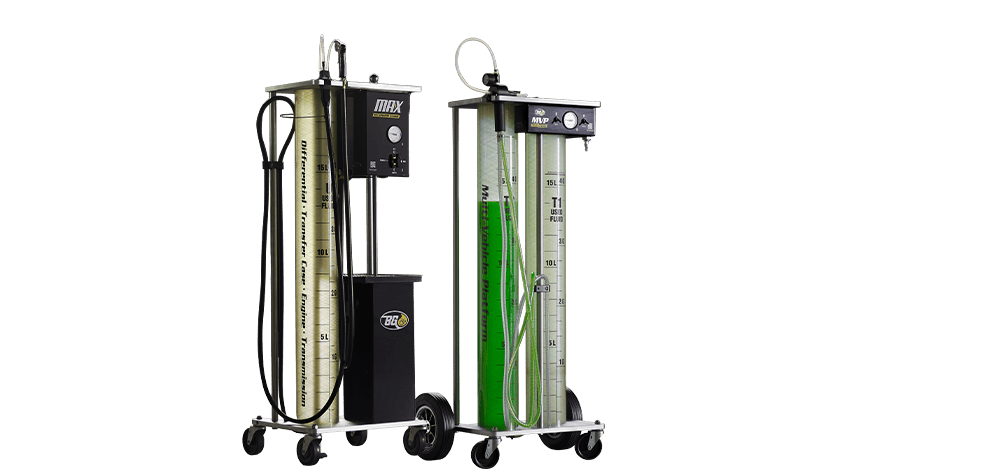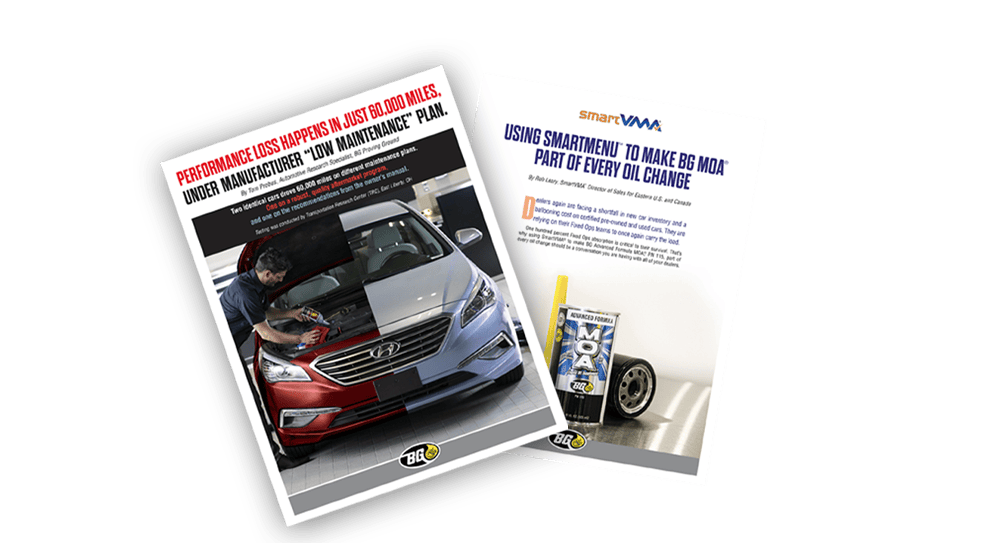What is it?
DPFs don't like low speeds
DPFs don't like engine oil ash
Another problem arises with ash from the engine oil making its way to the DPF. Ash is not burned off during the regeneration process. What can we do about ash? It is very important to use heavy duty engine oils, such as BG SAE 15W-40 Synthetic Blend Engine Oil, PN 714, or BG Shear Power HD, PN 716. This is the current U.S. category of heavy-duty engine oil. It is formulated with after-treatment emissions devices in mind. Additionally, regular use of BG EPR® Engine Performance Restoration® will keep the ring land area free from deposits allowing the rings to function at full potential. This will reduce the amount of ash getting to the DPF.
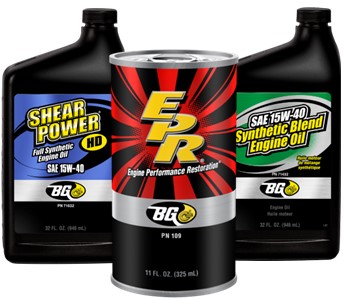
DPFs like BG products
The BG Diesel Injection Service and BG Diesel Induction Service can diminish the tendency for the DPF to load with excess soot, enabling it to self-clean more effectively.
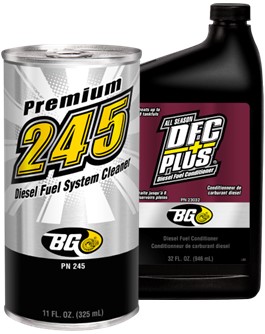
BG diesel products, such as BG DFC Plus, PN 230, and BG 245® play a very important role in keeping the fuel system clean, especially the fuel injectors. Poor injector function is the beginning of a chain reaction resulting in premature plugging of the DPF. The principle is to keep the system as clean as possible, which in turn optimizes system operation. This reduces the tendency for soot production and DPF plugging. Improved combustion function is restored, thus lowering the frequency at which the DPF must self-clean, as well as optimizing fuel economy. And again, do not forget the BG 109 for the engine oil system. Proper ring function has shown important benefit in DPF operation. Not only does the engine oil need to be kept out of the exhaust, but consistent, optimum compression is an important key in engine performance and controlling soot production from combustion.
Published in Summer 2012 Blend’r.

